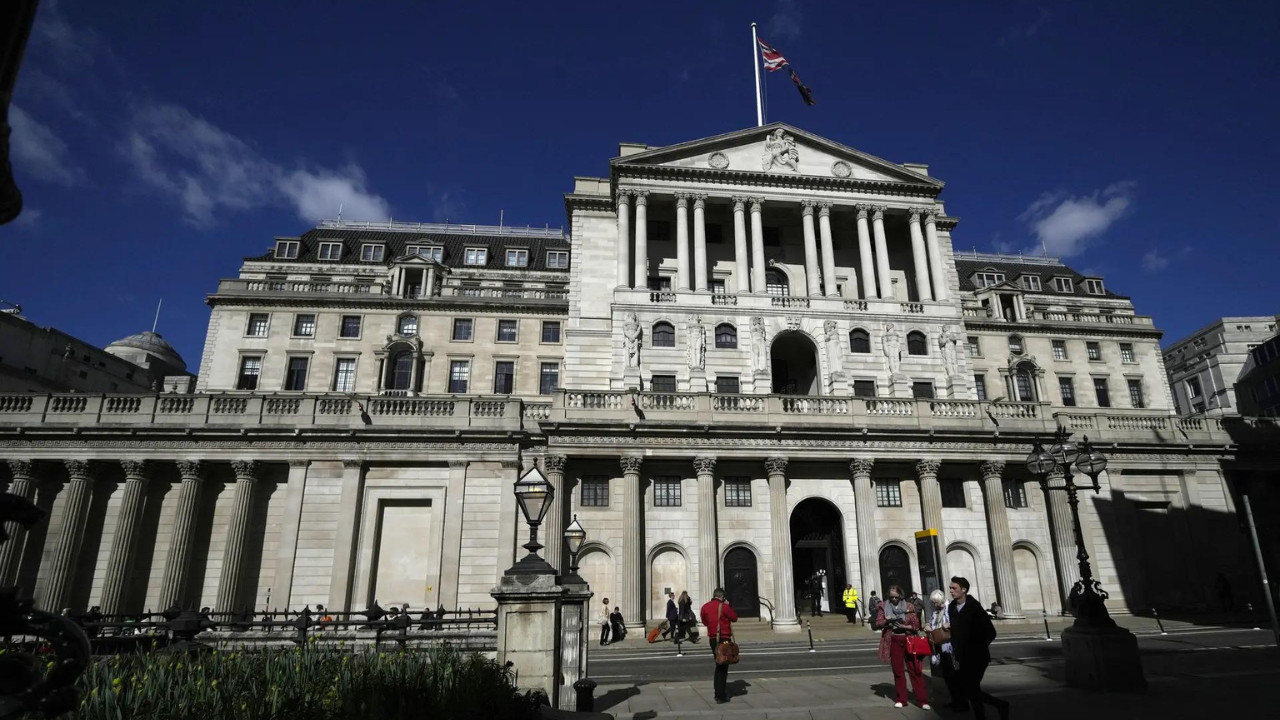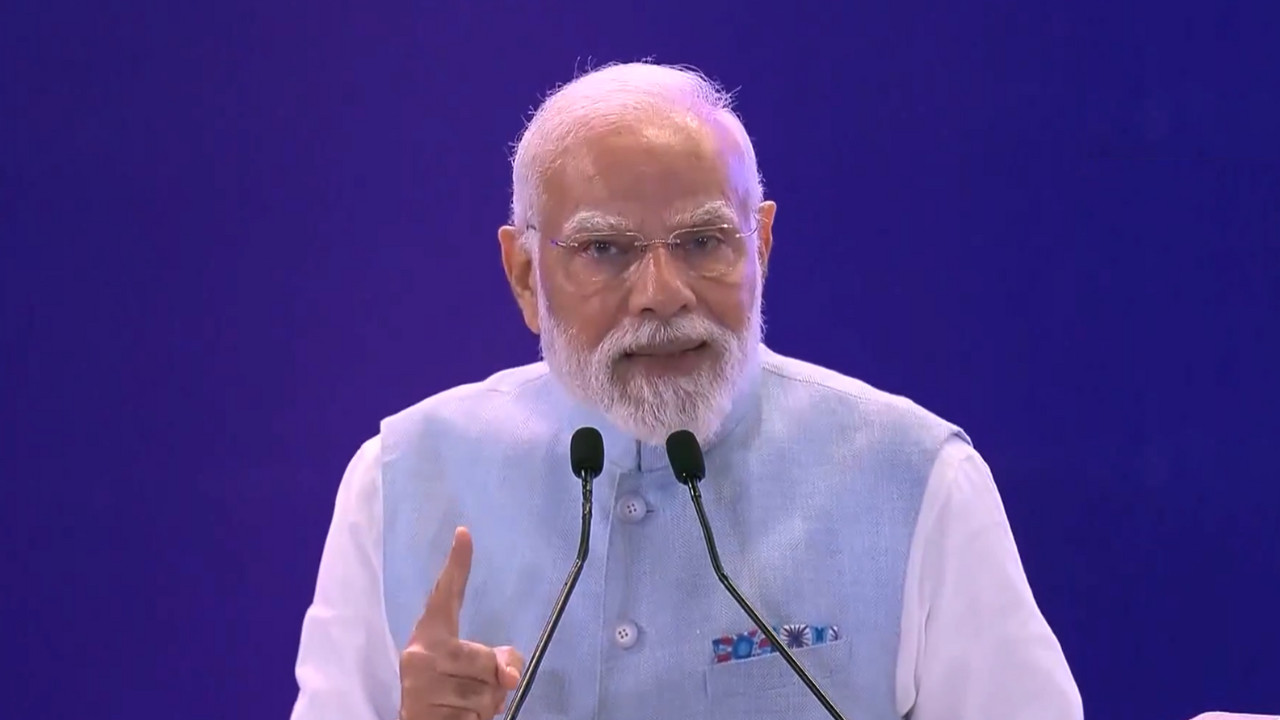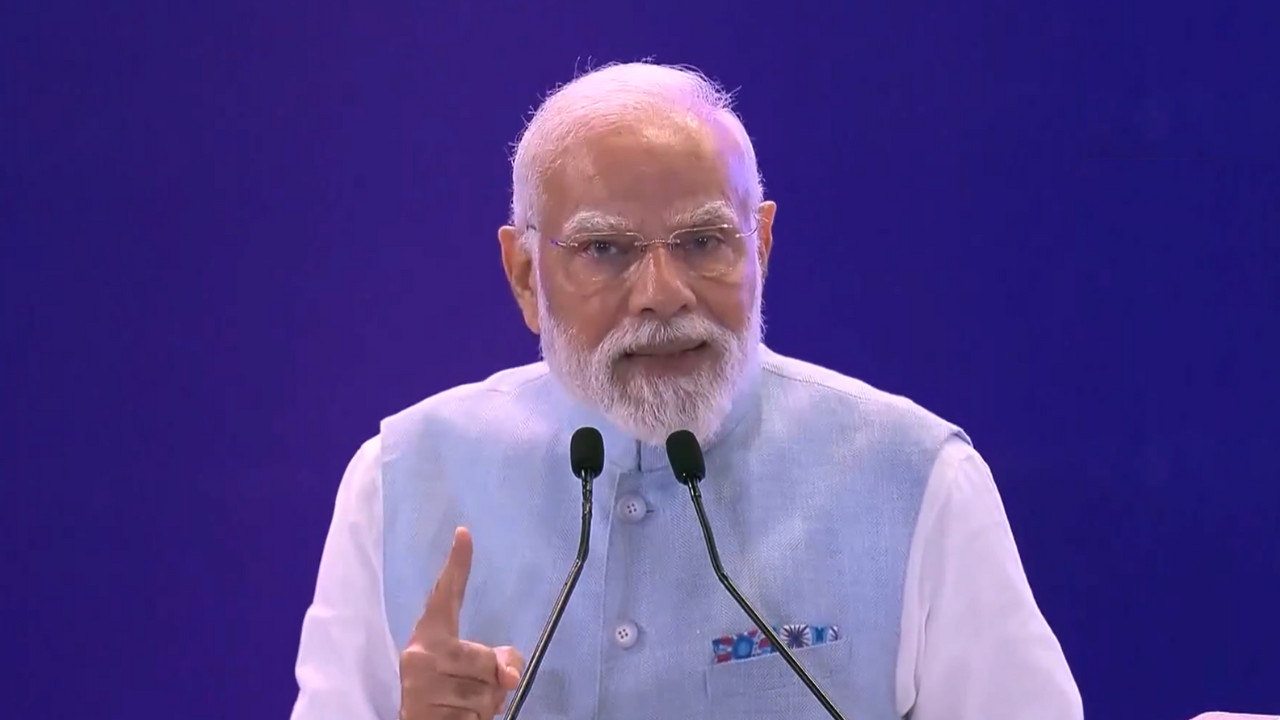The Bank of England reduced interest rates to 4% due to economic concerns. This is the fifth cut since August 2024. The move aims to counter rising US tariffs and domestic tax hikes. Inflation rose to 3.6% in June. Growth forecast is slightly up to 1.25%. The decision faced division within the Monetary Policy Committee. Unemployment reached 4.7%.
Is This the Beginning of the End for High Interest Rates in the UK?
The Bank of England just made a move that’s got everyone talking: they’ve trimmed the key interest rate by a quarter of a percentage point, bringing it down to 5.0%. This isn’t just a number change; it’s a signal, a whisper in the financial winds suggesting a potential shift in the UK’s economic landscape. For months, households and businesses have been grappling with the sting of high borrowing costs, and this decision offers a sliver of hope, a promise (albeit a cautious one) of easier times ahead.
But why now? The UK economy, like many others globally, has been walking a tightrope between inflation and recession. Inflation, while still above the Bank of England’s target, has shown signs of cooling. Think of it like a pot of water slowly simmering down after a rapid boil. The heat is still there, but it’s not as intense. This easing of inflationary pressures has given the Bank of England some breathing room.

The decision to cut rates wasn’t unanimous. Some members of the Monetary Policy Committee (MPC) – the group responsible for setting the rate – voted to hold steady, highlighting lingering concerns about inflation. This division underscores the delicate balancing act the Bank faces. They need to support economic growth without reigniting the inflationary fire.
What Does This Mean for Your Wallet?
The immediate impact of this rate cut might not be earth-shattering, but it’s a step in the right direction. For homeowners with variable-rate mortgages, it could translate to slightly lower monthly payments. Similarly, businesses might find it a bit easier to access credit, potentially encouraging investment and expansion. However, it’s important to remember that this is just one cut. The real impact will depend on how the Bank of England proceeds in the coming months.
Savers, on the other hand, might see slightly lower returns on their savings accounts. But with inflation still relatively high, the real value of savings is already being eroded. It’s a complex picture with winners and losers on both sides.
Decoding the Bank of England’s Message: Cautious Optimism
The statement accompanying the rate cut was carefully worded, emphasizing a “data-dependent” approach. This means the Bank of England isn’t committing to a series of rate cuts. Instead, they’ll be closely monitoring economic indicators – inflation, employment, and overall growth – before making further decisions. It’s like a careful dance, responding to the music of the economy rather than following a predetermined choreography. They’ve also emphasized that the path for future interest rates in the UK is not predetermined, and could go up or down depending on the data.
Think about it like driving a car on a winding road. You adjust your speed based on what you see ahead, not just based on the speed limit. The Bank of England is essentially doing the same thing with the UK economy.
The Global Context
The Bank of England’s decision isn’t happening in a vacuum. Other central banks around the world are grappling with similar challenges – trying to tame inflation while avoiding a recession. Some have already started cutting rates, while others remain cautious. The global economic outlook is uncertain, and events in one country can have ripple effects across the globe. It’s a complex web of interconnected economies, and the Bank of England needs to consider the global picture when making its decisions. You can learn more about the interconnectedness of global markets in our article on [supply chain resilience](https://example.com/supply-chain-resilience).
Navigating the New Landscape of Interest Rates in the UK
So, what does all this mean for the future? It’s impossible to predict with certainty. The UK economy faces numerous challenges, including geopolitical uncertainty and ongoing supply chain issues. However, the Bank of England’s rate cut signals a potential turning point, a move towards a more accommodative monetary policy. Whether this translates into sustained economic growth remains to be seen, but it’s undoubtedly a welcome sign for households and businesses feeling the squeeze. The path ahead will depend on a number of different factors, and will be a story that continues to develop in the months ahead.







